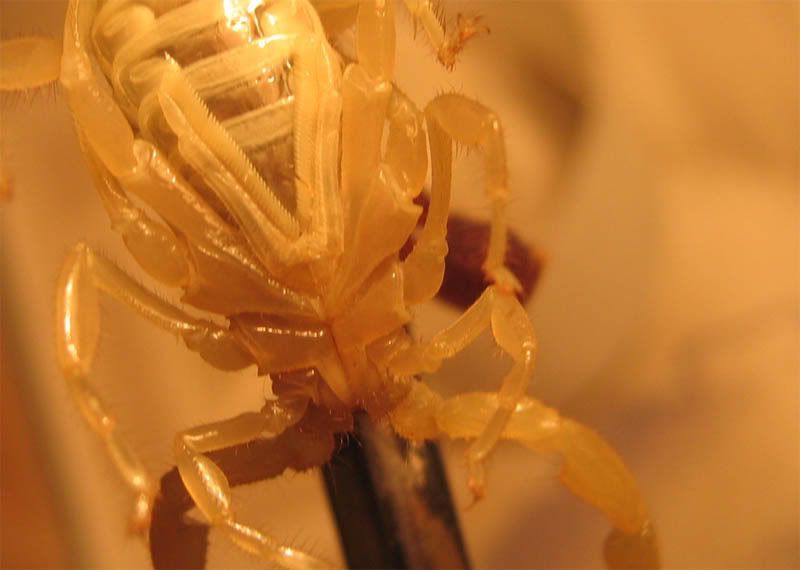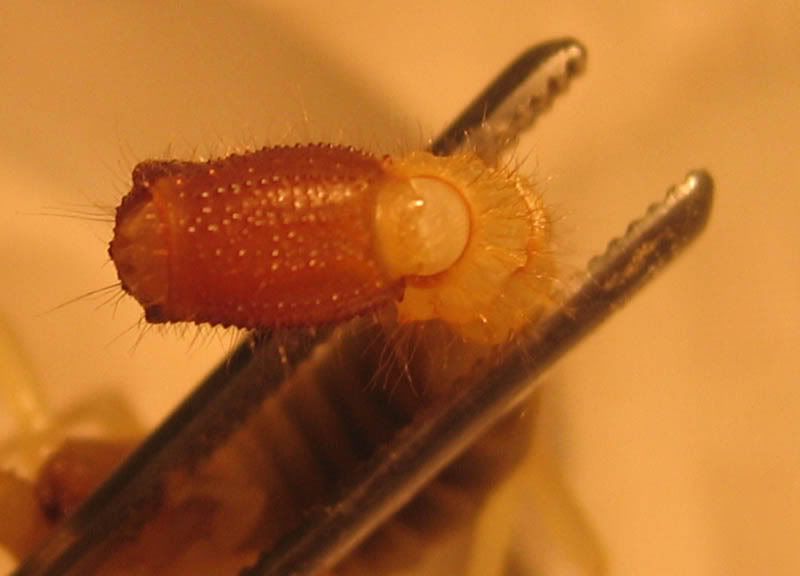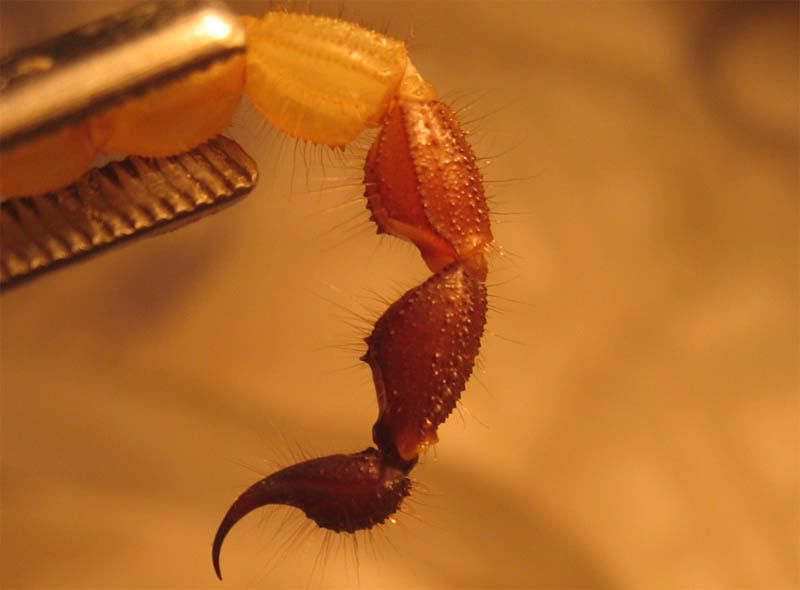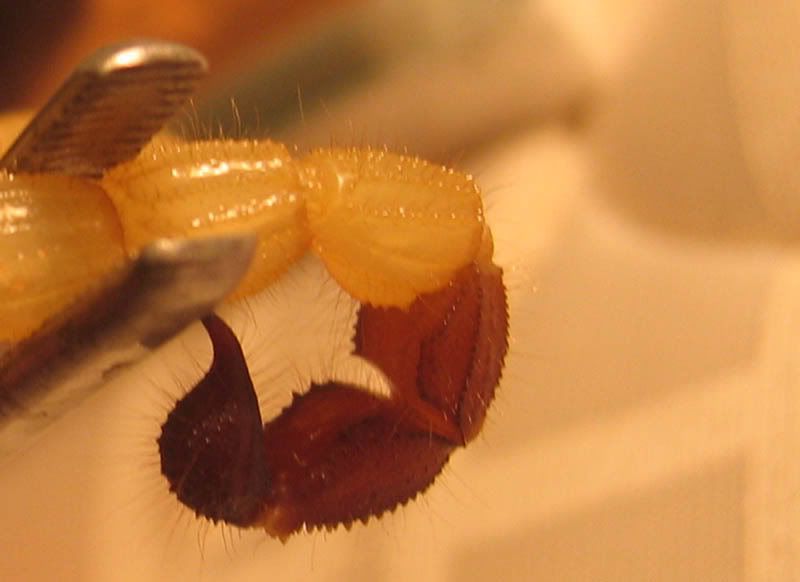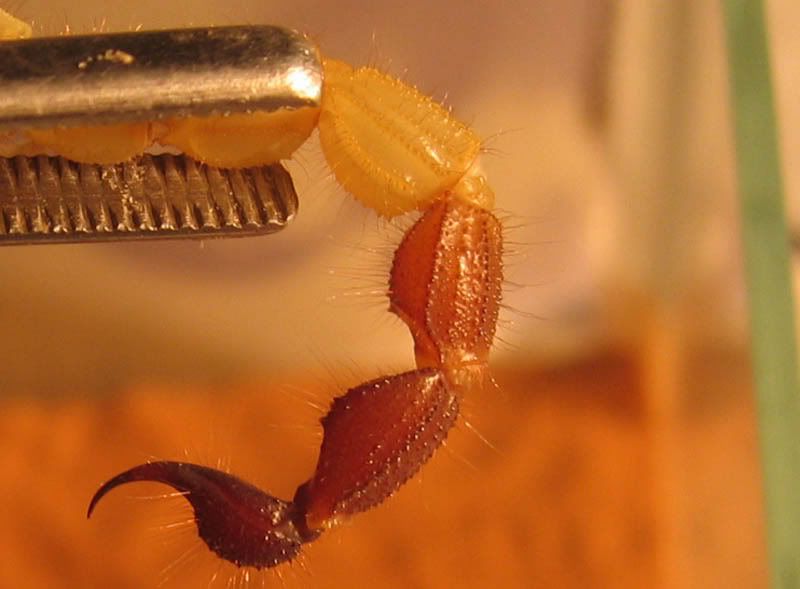- Joined
- Jul 21, 2004
- Messages
- 398
All specimens collected near Springbok, South Africa (near the Namibian border). Unfortunately, all the specimens given to me were male 
I am near certain of the ID's of the 1st scorpion and last scorpion, and given the location, i think i may have a color-morph i've never seen before of the 2nd scorpion...
so have at it, please. I'm by no means an expert at ID'ing them, so any input is welcome before i start tackling the tedious job of using scientific journals to ID them
I've got some more morph's/species to ID, but will save that for another thread so that things don't get too complicated.
(pics are in pairs)
-=ICM=-
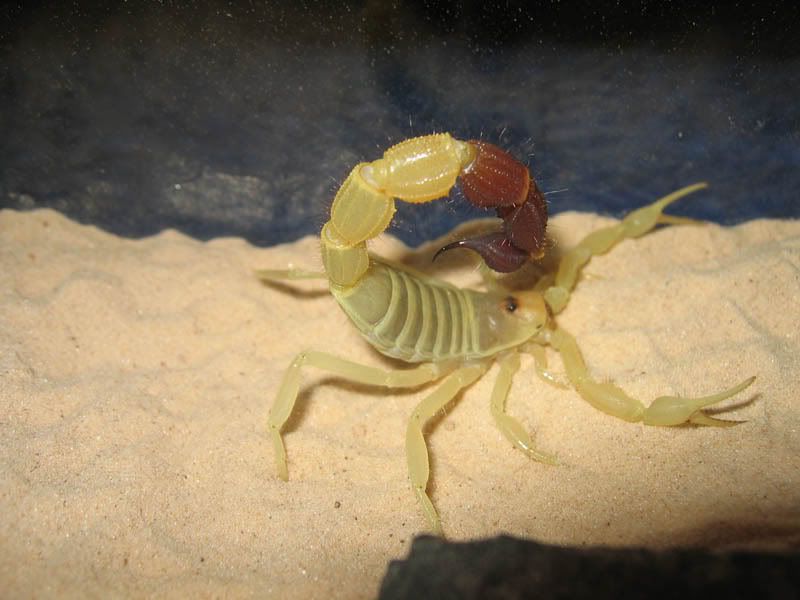
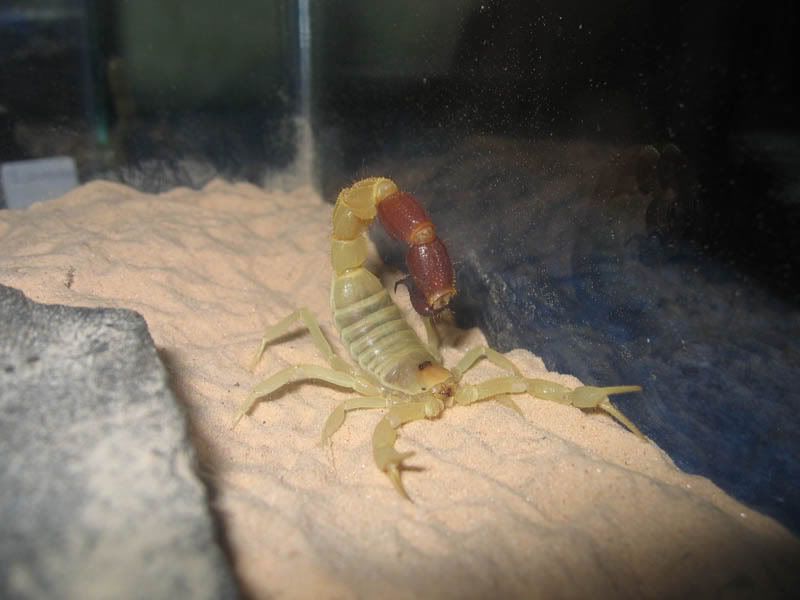
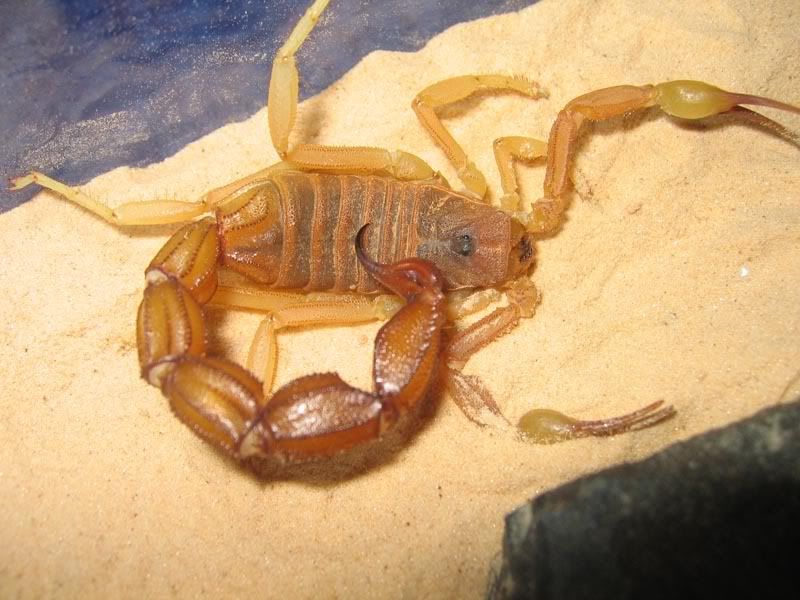
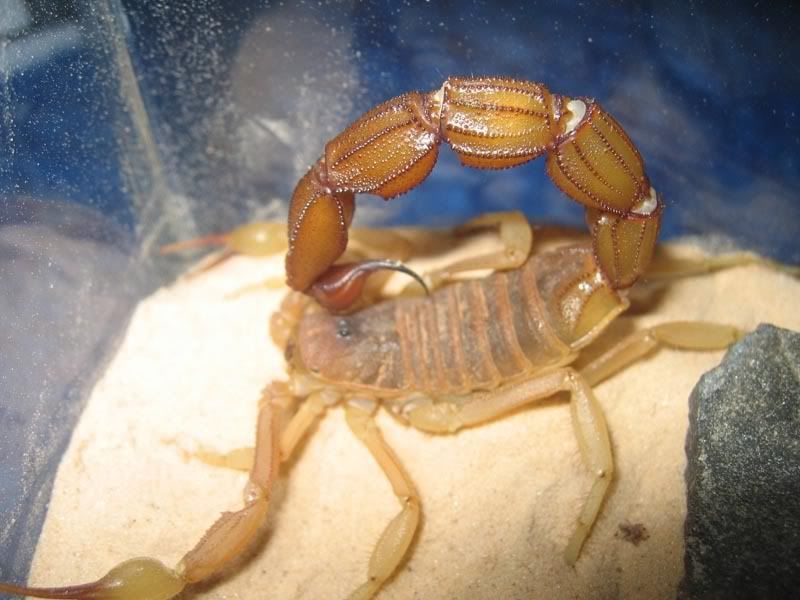
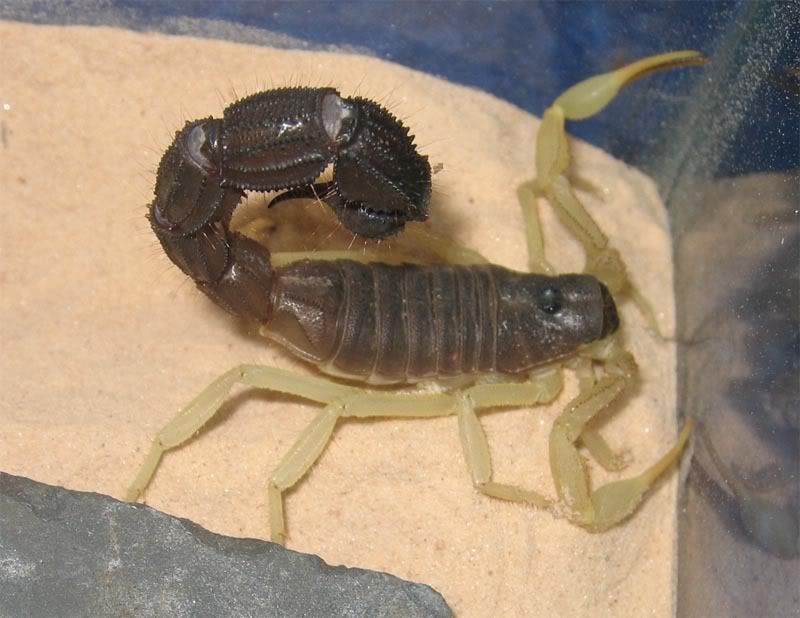
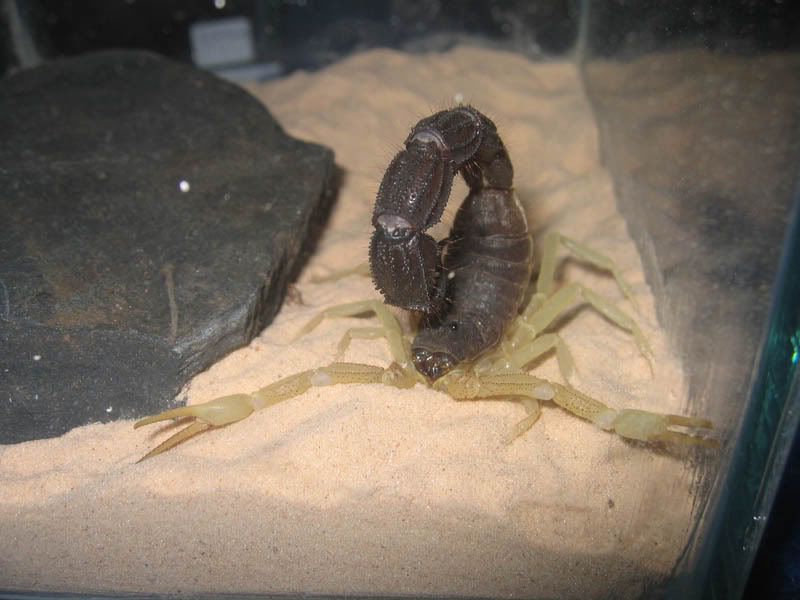
I am near certain of the ID's of the 1st scorpion and last scorpion, and given the location, i think i may have a color-morph i've never seen before of the 2nd scorpion...
so have at it, please. I'm by no means an expert at ID'ing them, so any input is welcome before i start tackling the tedious job of using scientific journals to ID them
I've got some more morph's/species to ID, but will save that for another thread so that things don't get too complicated.
(pics are in pairs)
-=ICM=-






Last edited:


